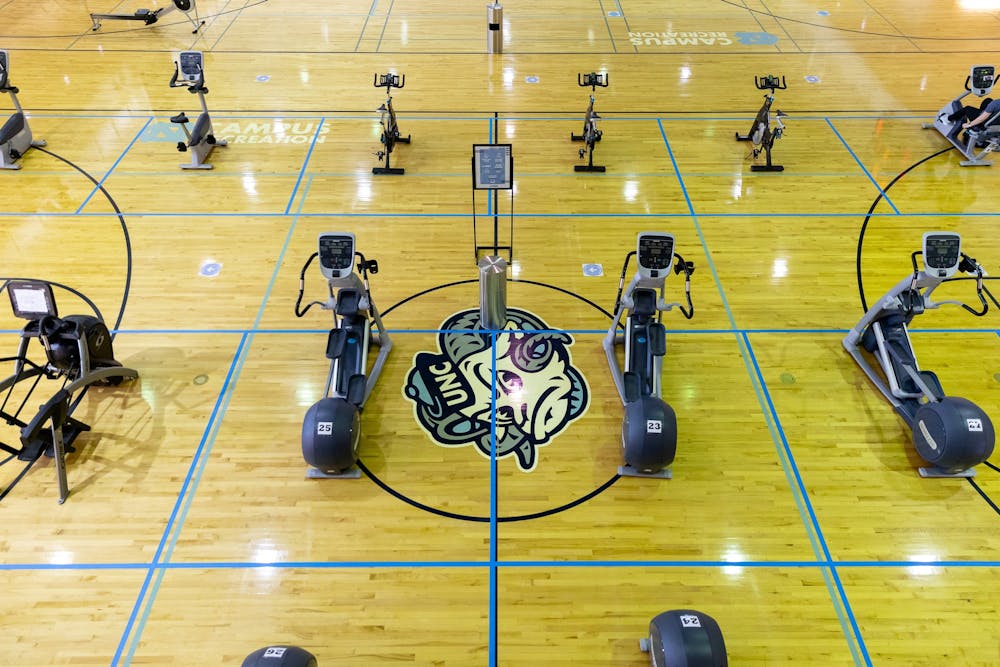Last year, I started going to the gym.
I had no idea what I was doing. Naturally, I would save videos on my Instagram explore page for workout tips.
It was completely innocent. Yes, split squats would give my legs a burn. But dividing workouts into push, pull and leg movements is the most efficient way to workout, duh.
Shortly, my algorithm replaced helpful workout videos with "motivational" workout posts. Like those posters with a cat hanging from a tree saying “you’ve got this,” but instead of a cat it's a 20-something buff dude. They were too rancid to not click on. I loved how much I hated them.
I wanted to be motivated.
As I continued to click another transformation occurred. The fitness content on my feed became more intense. Videos with the virility I had only seen in Tucker Carlson rants and sports camps I was forced to attend as a child. The algorithm sucked me into the motivational “gymfluencer” pipeline.
These videos weren’t like the typical healthy lifestyle influencers we’ve had since the dawn of YouTube. We know how to deal with the Chloe Ting, LuluLemon and pilates influencer content. At least those creators try to disguise the fact they benefit from people’s insecurities by reforming them into less obviously harmful trends like the “it-girl” aesthetic. “It-girls” have equated their trendy appearance with self-worth, and have done so almost without question.
There’s no disguising that these new gymfluencers are just a glance at something incredibly harmful: another pipeline targeted toward impressionable young boys who need role models.
Years ago, it was videos of the far-right figurehead Ben Shapiro arguing with people on their political stances. This year it was Andrew Tate. Now it’s buff guys pairing videos of them working out with slightly alarming captions like “nobody is coming to save you.”




